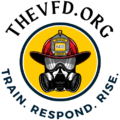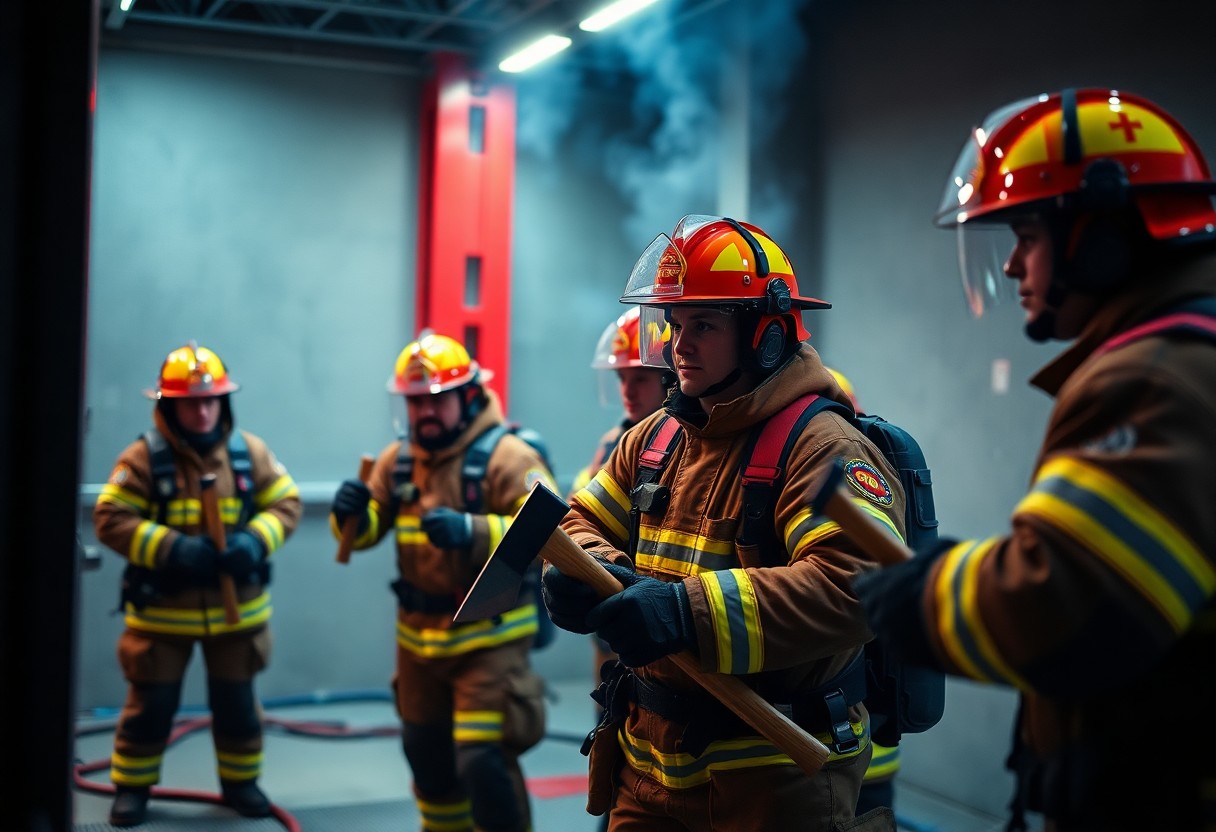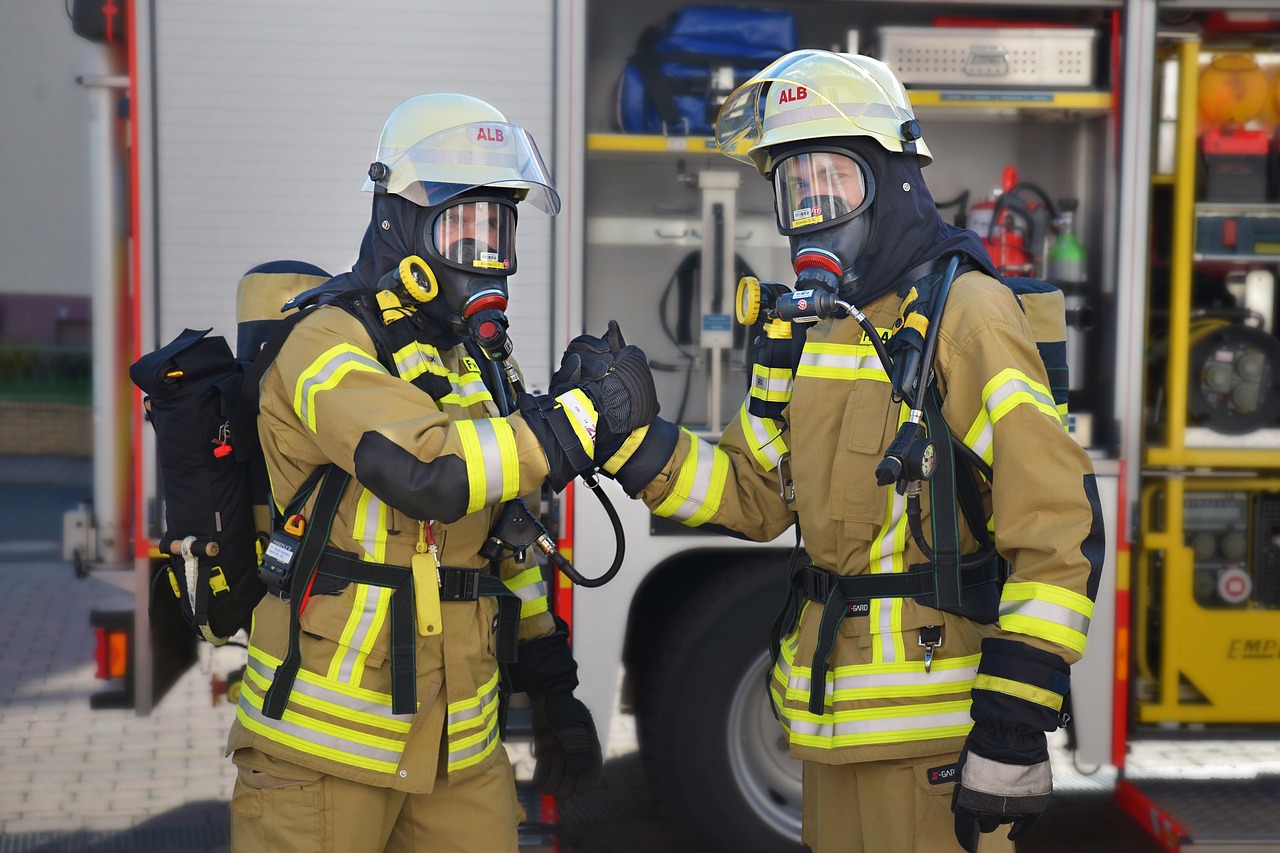With the increasing demands placed on volunteer firefighters, incorporating forcible entry techniques into your training programs can enhance your team’s effectiveness and safety. Understanding these techniques not only helps you manage emergency situations more efficiently but also builds teamwork and confidence among your crew. This post will guide you through the different methods of integrating forcible entry training, ensuring that you and your fellow volunteers are better prepared for real-life emergencies.
Understanding Forcible Entry Techniques
For volunteer firefighters, mastering forcible entry techniques is important for effective emergency response. These techniques enable you to gain access to a structure quickly during incidents such as fires or rescues, ensuring that you can provide assistance when it matters most. Integration of these skills into your training program enhances your preparedness and can save lives.
Definition and Importance
Understanding forcible entry techniques is vital for any firefighter. These methods allow you to overcome barriers that may prevent entry to a burning or compromised structure, ensuring timely intervention. The ability to efficiently and safely enter a building can significantly impact the outcome of emergencies, improving safety for both you and the victims.
Common Tools Used
Before executing forcible entry techniques, you need to be familiar with the various tools that can aid in this process. These tools range from manual options like axes and sledgehammers to specialized equipment such as hydraulic spreaders and forcible entry training devices. Knowing how and when to use these tools effectively is key to successful entry.
Also, each tool offers unique capabilities that are suitable for different situations. For example, the halligan bar is renowned for its versatility, allowing you to pry, twist, or strike your way through obstacles. Similarly, the K-tool is designed for removing locks quickly without damaging the door, while a sledgehammer can be effective for breaching walls. Familiarization with these tools not only enhances your skill set but can also significantly influence the efficiency and safety of your operations during emergencies.
Current Training Practices for Volunteer Firefighters
It is imperative for volunteer firefighters to undergo comprehensive training to ensure they can respond effectively to emergencies. Training programs typically focus on fundamental firefighting techniques, safety protocols, and health standards. You will find a blend of hands-on exercises and classroom instruction, preparing you to handle various scenarios that may arise in the field.
Overview of Existing Programs
To understand the training landscape, you should be aware that many volunteer firefighter programs are designed to foster both practical skills and theoretical knowledge. These programs often include basic firefighting techniques, equipment use, and communication strategies, enabling you to fulfill your role effectively. Additionally, training usually incorporates physical conditioning and team-building exercises.
Skills Assessment and Gaps
For many volunteer firefighter programs, evaluating your skills is an important aspect of the training process. It helps to identify areas where you may excel, as well as sections that may need additional focus. Understanding these gaps allows for targeted improvements, ultimately enhancing your overall effectiveness in emergency situations.
Programs that incorporate skills assessments often utilize various methods, such as practical examinations or simulation drills, to gauge your proficiency. Through these assessments, instructors can provide you with valuable feedback, allowing for personalized training plans tailored to your specific needs. Identifying gaps also promotes a more cohesive team environment, as it encourages collaboration and shared learning among peers. Engaging in these assessments can significantly contribute to your growth as a volunteer firefighter.
Integrating Forcible Entry Techniques into Training
While the integration of forcible entry techniques into volunteer firefighter training programs is important, it requires a structured approach to ensure effectiveness. By focusing on the development of specific skills and scenarios, you can prepare volunteers for real-world situations. Implementing these techniques into the training regimen not only enhances their capabilities but also boosts confidence and adapts to evolving challenges in firefighting scenarios.
Curriculum Development
Beside the hands-on training, your curriculum should include theory and best practices surrounding forcible entry techniques. Develop modules that cover the types of tools used, their specific applications, and the circumstances in which they are most effective. This foundational knowledge will enable you to approach practical applications with a well-rounded understanding, ensuring that your training is comprehensive and relevant.
Practical Drills and Simulations
Among the most effective ways to embed forcible entry techniques in training are practical drills and simulations. By creating realistic scenarios, you provide opportunities for volunteers to practice these skills in a controlled environment, allowing them to experiment and refine their techniques.
Considering the benefits of hands-on experience, it’s beneficial to conduct regular practical drills and simulations that resemble real-life emergency situations. You can set up various scenarios that mimic obstacles firefighters might face during an emergency, such as locked doors or barricades. Encouraging teamwork during these exercises also fosters communication, helping your crew to coordinate effectively during actual incidents. This direct application reinforces learning, making the skills more pertinent and aiding retention, ultimately preparing you for high-pressure situations on the scene.
Safety Protocols in Forcible Entry Training
Unlike traditional firefighting techniques, forcible entry training requires specific safety protocols to minimize risks during exercises. Ensuring that you and your teammates understand and follow these protocols helps create a safe learning environment. Emphasize the importance of using personal protective equipment, maintaining situational awareness, and adhering to proper tool handling practices, as these measures are vital for preventing injuries and ensuring effective training sessions.
Risk Assessment
Below are vital steps for conducting a risk assessment before any forcible entry training exercise. Start by identifying potential hazards such as sharp objects, unstable structures, or inadequate lighting. Next, evaluate the likelihood of these risks occurring and assess their potential impact on participants. By understanding these factors, you can implement strategies to mitigate them, leading to a safer training experience for everyone involved.
Emergency Procedures
Training should include a thorough examination of emergency procedures that must be followed during forcible entry training exercises. These procedures must be clearly communicated to all participants, ensuring everyone knows what to do in the event of an injury or unexpected situation. Regular drills and discussions about potential emergencies help keep the team prepared and instills confidence in your ability to handle unforeseen circumstances effectively.
Another key component of effective emergency procedures includes establishing clear communication protocols during training exercises. This means designating a safety officer who oversees the training and can coordinate emergency response if needed. You should also establish a system for reporting incidents or near-misses, creating a culture of safety within your team. Taking the time to practice these procedures helps you and your fellow firefighters respond efficiently and calmly should an emergency arise during your training sessions.
Benefits of Integrating Forcible Entry Training
Once again, incorporating forcible entry techniques into volunteer firefighter training programs enhances safety and effectiveness during emergencies. This specialized training equips you with the skills needed to make informed decisions in high-pressure situations, ultimately saving time and improving outcomes for fire victims. By mastering these techniques, you can also better prepare yourself for real-life scenarios, fostering a more capable and reliable team.
Enhanced Operational Efficiency
Benefits of integrating forcible entry training include streamlined operations during emergencies. When faced with life-threatening situations, your ability to quickly access buildings can significantly reduce response times and improve overall mission success. This efficiency allows you to focus on what matters most: saving lives and protecting property.
Improved Team Dynamics
Beside enhancing individual skills, forcible entry training fosters better teamwork among volunteers. Your experience in coordinating efforts during practice drills strengthens communication, trust, and collaboration within your team. Understanding each member’s role in forcible entry situations creates a unified approach that enhances overall operational effectiveness.
This improved team dynamic creates a more cohesive unit, as you learn to rely on each other’s strengths and weaknesses. Regular training sessions not only refine your skills but also build relationships, resulting in a supportive environment. As you work together to overcome challenges in simulated scenarios, the camaraderie established translates into better performance during real emergencies, enhancing safety for both team members and the community you serve.
Case Studies: Successful Implementations
Your understanding of how forcible entry techniques can enhance the efficiency of volunteer firefighter training programs can be deepened by exploring various case studies. Here are some notable examples:
- City A: Increased firefighting efficiency by 30% after integrating forcible entry techniques into their training.
- County B: Reported a 25% improvement in response time after a specialized forcible entry workshop for volunteer firefighters.
- Department C: Reduced training time by 20 hours per recruit by implementing targeted forcible entry drills.
- District D: Achieved a 40% increase in successful forced entry scenarios during live training exercises.
Examples from Various Fire Departments
The implementation of forcible entry training has proven beneficial across numerous fire departments. Departments that adopted scenario-based drills reported higher confidence levels among volunteers, leading to more effective execution of tactics during emergencies.
Lessons Learned
After analyzing various implementations, key insights emerged that can better guide you in optimizing your training programs. Fire departments noted the importance of hands-on practice and realistic scenarios to foster skill retention and adaptability in real-life situations.
From these experiences, you can discern that ongoing assessment of training techniques is vital. Departments that solicited feedback from participants witnessed improvements in instructional strategies, while those who adjusted their training to include diverse scenarios experienced higher engagement levels. Such insights emphasize the need for continuous evolution in your training methods to meet both current and emerging demands of firefighting.
To wrap up
To wrap up, integrating forcible entry techniques into your volunteer firefighter training programs is necessary for enhancing your operational effectiveness. Focus on practical exercises that simulate real-life situations, allowing you to practice skills safely and efficiently. Incorporate expert-led workshops that emphasize safety protocols and the latest tools. Additionally, engage in team-building drills that foster communication and decision-making under pressure. By prioritizing this training, you equip yourself and your team to respond effectively to emergencies, ultimately improving your service to the community.



